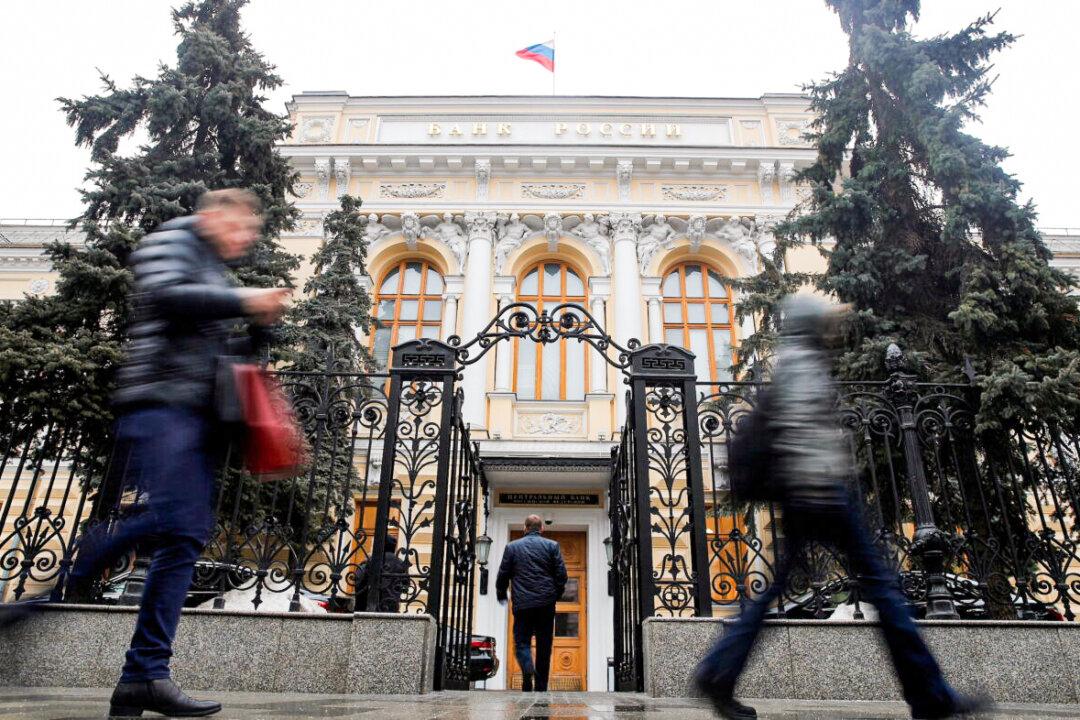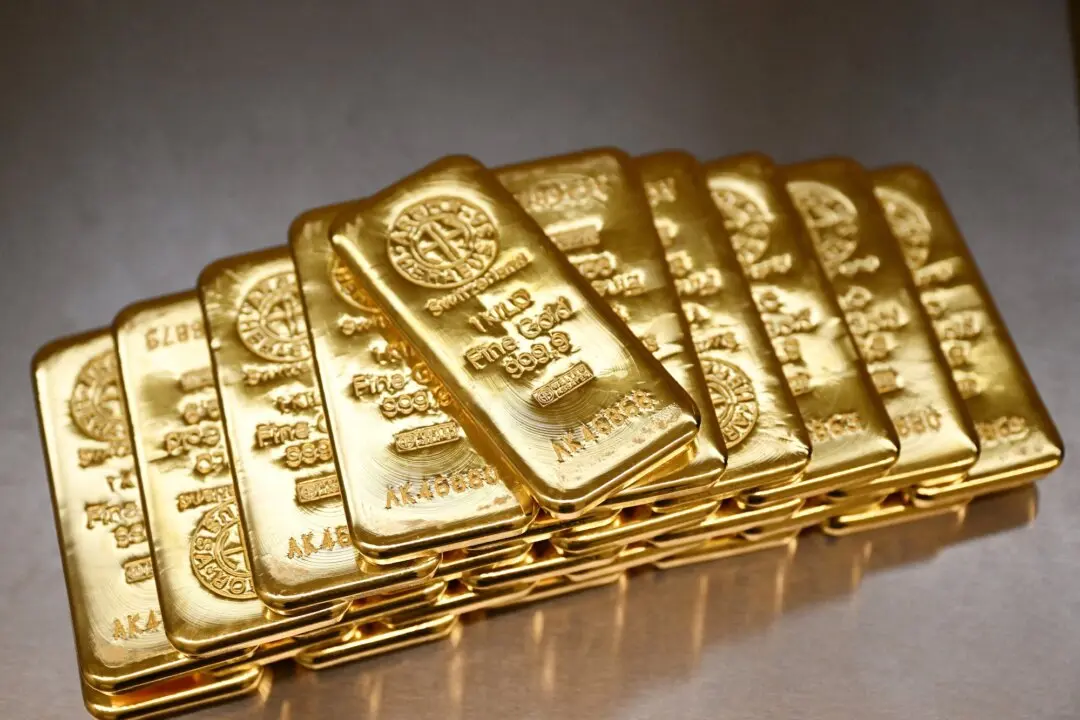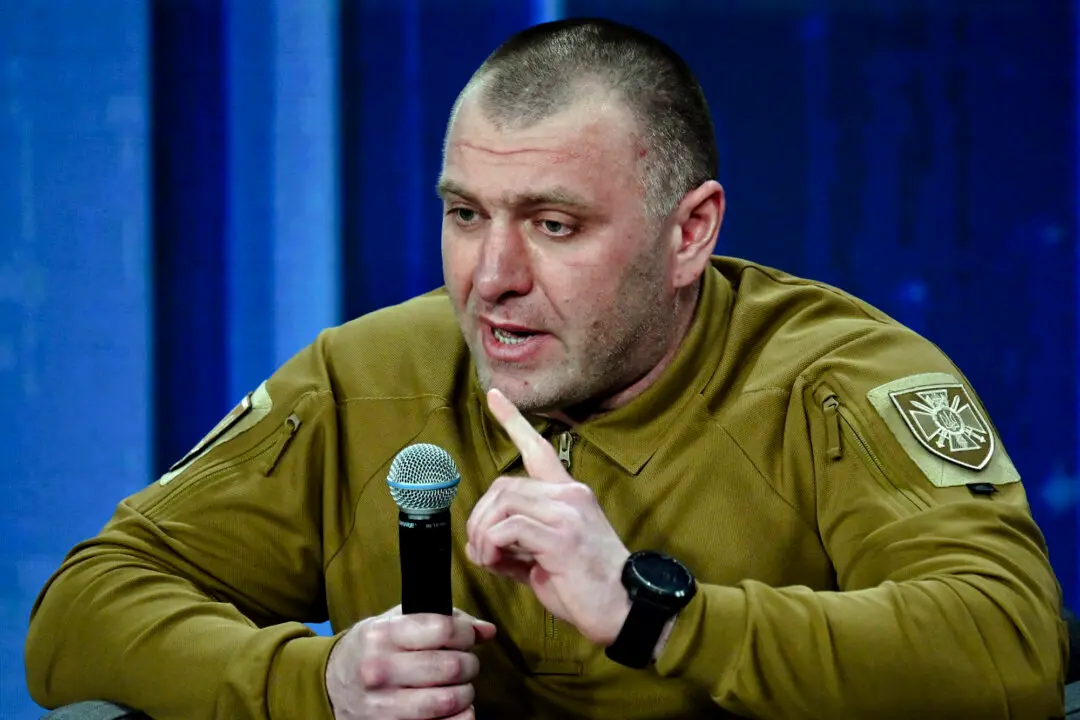Russia’s central bank on Friday slashed its key interest rate by three percentage points to a still-high 17 percent, justifying the move by saying that risks to financial stability had softened as emergency measures brought deposits back to banks and helped quell inflationary pressures.
The 300 basis point drop will go into effect on April 11, the central bank said in a statement, in which it teased more rate cuts if Russia’s economy were to show further signs of improvement.





